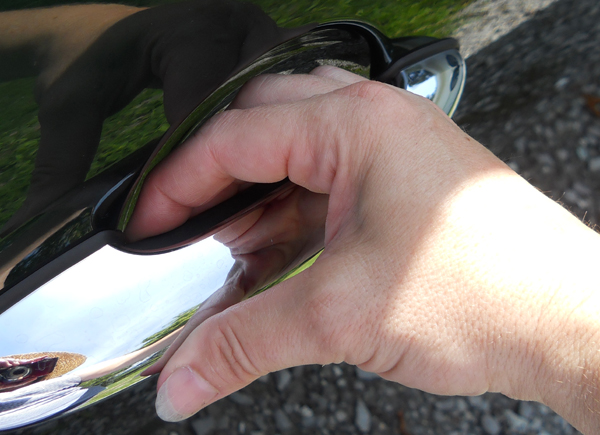For millions of Americans who have some form of arthritis or a related disease, pain is chronic, or long-lasting. Technically, pain is considered chronic when it lasts three to six months or longer, but arthritis pain can last a lifetime. It may be consistent, or it can come and go. Repetitive motion, such as typing at a keyboard for hours or walking through the mall during holiday shopping season can cause pain.
Chronic pain can make it hard to perform daily activities like cleaning the house, dressing or looking after your kids. However, there are ways to effectively managing chronic arthritis pain, from taking appropriate medication, to staying active, to maintaining a positive outlook. Meet three people who refuse to let arthritis pain run their lives.
Mona Gardner: Managing Pain With Medication
Three years ago, Mona Gardner was active and healthy, working full time teaching research classes at a local university. One day, she woke up with terrible pain in her hands, feet and skin.
“I couldn’t even open the doors of my car,” says Gardner, 74, of Littleton, CO. Her primary-care physician dismissed her symptoms at first as the typical aches and pains that one might expect at her age, but Gardner was unconvinced. “I said, no. I have friends who pop two Aleve pills in the morning and then they’re good to go. That was not working for me.”
Pressing for a more accurate diagnosis, Gardner went through a series of blood and imaging tests and learned she had rheumatoid arthritis, a condition in which the body’s immune system goes awry and begins to attack its own tissues, triggering painful inflammation in the joints. Gardner was stunned to learn she had this disease, which typically emerges in younger people.
“I never want to feel pain like that again!” says Gardner, recalling her early flares of joint inflammation before going on disease-modifying drugs for her RA. “My skin hurt. My joints all ached. I could have probably been overtaken by depression at the time. I couldn’t do anything. If it wasn’t for my husband, I don’t know what I would have done. My hands hurt so badly, I couldn’t buckle a belt. He had to do that too. I don’t want to feel like that ever again.”
Instead of giving in to her pain, Gardner sought treatment from a rheumatologist. She began taking the disease-modifying antirheumatic drugs methotrexate and hydroxychloroquine (Plaquenil) to control the physical processes that cause her inflammation. She also pushed herself to stay physically active by taking Arthritis Foundation Exercise Program and dance classes and continuing her work at the Regis University.
Gardner also made an effort to maintain a positive attitude about living with arthritis. “I thought, ‘I am not going to just sit here. If I have to deal with this pain when I am doing my exercise classes, that’s what I’ll do!’ The lucky thing for me is that I am not expected to move around a lot at my age. But I want to!” she says.
Source: arthritistoday.org







